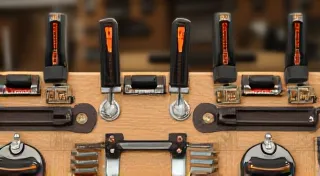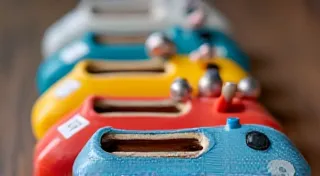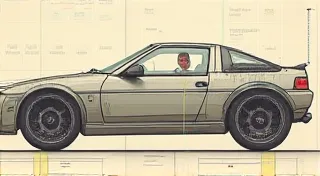Whispers of the Workshop: Finding Flow and Intrinsic Motivation in the Soap Box Car Project
There’s a quiet magic held within a workshop, a sanctuary where tools hum a low song and the scent of sawdust hangs in the air. It’s a place where time warps, where the outside world fades, and where something tangible begins to take shape from raw materials. For me, that magic has often been found in the meticulous restoration of antique accordions – instruments brimming with a history I feel compelled to resurrect. But the same deep well of satisfaction, the same focused joy, arises when I turn my attention to something seemingly simpler: building a soap box car.
Perhaps that’s because, at their core, both endeavors share a profound connection. Both demand patience, precision, and a reverence for craftsmanship. Both are rooted in a desire to create something beautiful and functional, born from ingenuity and a touch of nostalgia. And both, when approached with the right mindset, can unlock a state of profound creative flow.
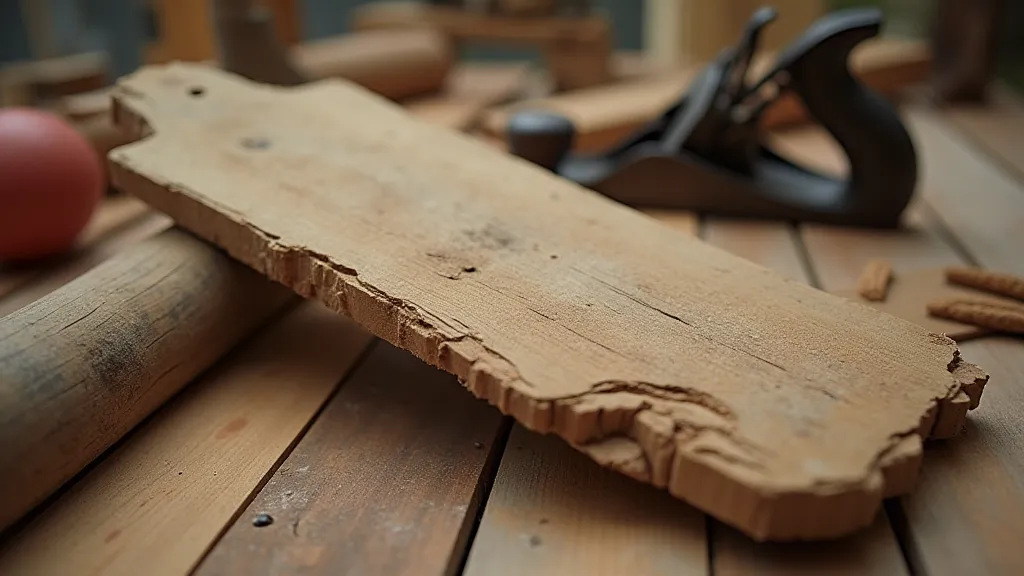
The Historical Echo: Soap Box Derby and the Spirit of Invention
The Soap Box Derby, born in Akron, Ohio, in 1934, wasn’t just a race; it was a beacon of hope during the Great Depression. It represented a democratizing force—any child with a little ingenuity and a willingness to build could compete. No expensive engines, no fancy sponsorships, just pure talent and resourcefulness. This ethos—the belief in the power of a simple idea and the accessibility of invention—is what resonates so deeply today.
Think about the early racers. Many built their cars with salvaged lumber, scavenged parts, and a whole lot of elbow grease. Their successes weren’t about having the best materials; they were about clever design and unwavering perseverance. Choosing the right wood is paramount, and even the most novice builder can appreciate the difference between a sturdy oak and a brittle pine. The specific qualities of different woods can dramatically affect the performance and longevity of the final product. Their history isn’t just a footnote; it’s the bedrock of the modern soap box car experience. It speaks to the enduring human desire to create, to compete, and to do so fairly.
Finding Flow: Beyond the Finished Product
The term “flow,” coined by psychologist Mihály Csíkszentmihályi, describes that state of complete absorption in an activity—a state where time seems to disappear, and the challenges are perfectly matched to one's skills. It’s a feeling of effortless action, a deep sense of satisfaction that transcends the end goal.
Building a soap box car isn’t inherently a “flow” activity. Distractions—the endless scroll of social media, the nagging to-do list, the constant pursuit of external validation—can easily derail the process. But when those distractions are minimized, and the focus is solely on the task at hand, something remarkable happens.
The initial design phase, for instance, isn’t about achieving perfection. It’s about experimentation. It's about scribbling ideas on a napkin, sketching rough drafts, and embracing the inevitable mistakes. These initial iterations are less about “getting it right” and more about exploration. A slight adjustment to the wheel alignment, a subtle change in the body shape—each modification is an opportunity to learn, to refine, and to deepen the connection to the project.
The tactile nature of the process is crucial. The feel of the wood under your hands, the sharp bite of the saw, the satisfying grain of the sandpaper—these sensory experiences ground you in the present moment. It's a welcome antidote to the digital world, a return to a more tangible and meaningful form of creation. It mirrors, in a way, the experience of restoring an antique accordion – feeling the aged wood, understanding the mechanics, respecting the legacy of the maker. Both require slowing down, observing, and appreciating the intricate details.
Embracing Iteration and Imperfection
A common pitfall is striving for flawless execution from the start. The desire for a pristine finish can lead to paralysis, preventing the project from ever truly beginning. But true creativity flourishes in the realm of imperfection. It’s in the slightly crooked cut, the unevenly sanded surface, the unconventional choice of materials that character and originality emerge.
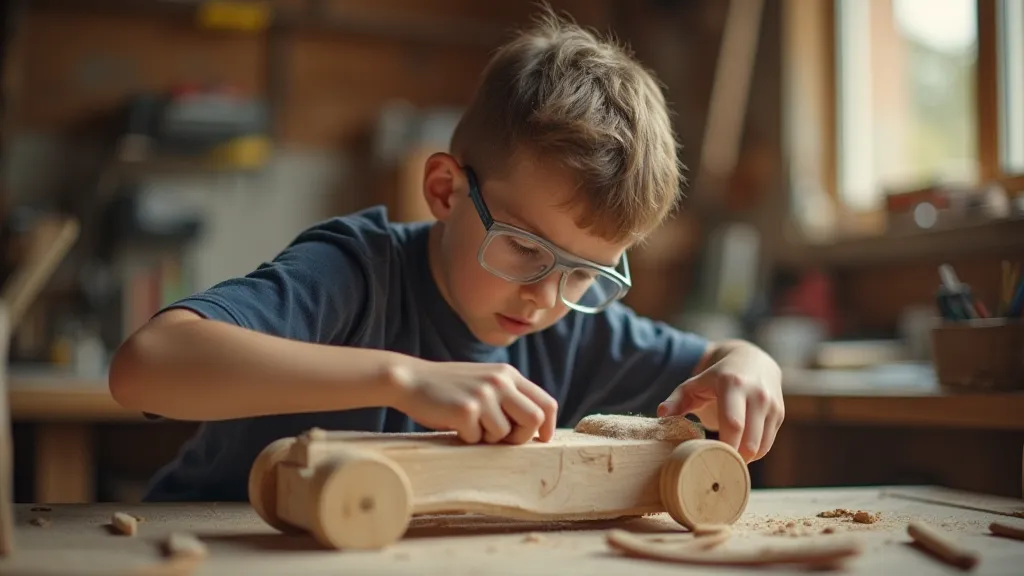
Consider the process of constructing the soap box car frame. The initial attempts might be frustrating—the car veering to one side, refusing to run straight. But each failed attempt provides valuable information. It’s an opportunity to diagnose the problem, adjust the variables, and try again. Often, the geometry of the frame is the root cause – a slight shift in the angle of the axle can change everything. It’s not about avoiding failure; it’s about learning from it and incorporating those lessons into the next iteration. For those wanting to delve further into the specifics of this foundational step, exploring resources like Soap Box Car Frame Construction: Step-by-Step Instructions can provide a solid foundation for tackling the complexities of the build.
This iterative approach isn’t limited to the mechanical aspects. The aesthetic choices—the paint color, the decorative elements—can also be refined over time. There’s a certain beauty in allowing the project to evolve organically, responding to both inspiration and necessity. Sometimes, a bold, unexpected color scheme can transform a simple design into a work of art. The process is as important as the outcome, and each step contributes to the overall experience.
Soap Box Car Steering: A Challenge in Simplicity
The most fundamental challenge in soap box car construction often lies in the steering mechanism. Achieving a balance between responsiveness and stability requires careful consideration of design principles. Simple systems, relying on a single pivoting arm or a rudimentary linkage, can be surprisingly effective, but often necessitate a certain degree of tolerance for imperfections. The principles are akin to those used in older model automobiles – relying on mechanical advantage and careful calibration. Experimenting with different designs – from tiller-style steering to more complex linkages – can be a rewarding exercise in problem-solving. Understanding the basics of leverage and geometry is essential for achieving a predictable and controllable ride.
Beyond the Race: The Enduring Value of the Process
Ultimately, the Soap Box Derby is just one moment in time. The race itself is secondary to the journey of creation. The real reward isn’t the trophy or the bragging rights; it’s the sense of accomplishment, the satisfaction of having built something with your own hands, and the lessons learned along the way. The feeling of pushing that finished product across the starting line, knowing you built it from raw materials, is unparalleled.
Just as restoring an antique accordion connects me to the past and instills a profound respect for the craftsmanship of another era, building a soap box car connects me to a tradition of ingenuity, resourcefulness, and youthful exuberance. It’s a reminder that even in a world dominated by technology, there’s still immense value in the simple act of creation. This is where children learn about cause and effect, about perseverance, and about the satisfaction of seeing an idea come to life.
And when that soap box car finally crosses the finish line, propelled not by an engine but by the unwavering spirit of a young racer, the echoes of the workshop—the scent of sawdust, the hum of the tools, the whispers of perseverance—will linger long after the race is over. That's the true legacy of the project – a memory, a lesson, and a deep appreciation for the power of mindful creation. It's a tradition that deserves to be passed on to future generations, fostering a love of making and a respect for the ingenuity of the past.
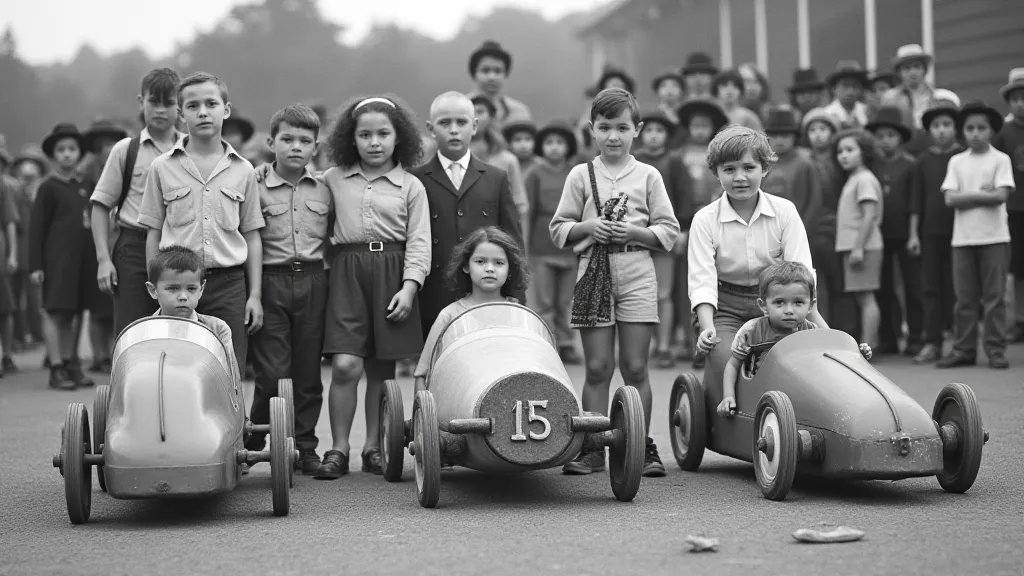
For those wanting to delve further into the specifics of building a classic racer, exploring resources like Soap Box Car Frame Construction: Step-by-Step Instructions can provide a solid foundation for tackling the complexities of the build.

